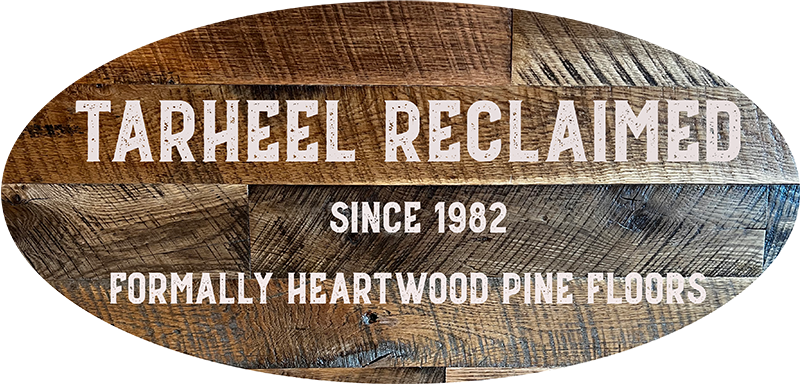When people talk about flooring that lasts for generations, they often mean it in a hopeful way. With reclaimed heartpine floor in the East Coast States, this promise becomes reality. These floors have already proven their strength by surviving decades in old buildings, and they're ready to serve your home for many more years to come.
What Makes Heartpine Different
The secret lies in how these trees grew. Old-growth longleaf pines took their time, growing just one inch in diameter every 30 years. These trees lived for 400 to 500 years before reaching full maturity. This slow growth created incredibly dense wood that modern pine simply cannot match.
Think about it this way: a tree that takes centuries to grow develops wood that's packed tight with growth rings. Some boards show 15 or more rings per inch. This density translates directly into strength and durability that homeowners can actually feel underfoot.
Already Proven Through Time
Here's what makes reclaimed wood unique: it comes with a track record. These planks spent 50, 100, or even 150 years as part of old factories, barns, and warehouses. They handled heavy machinery, constant foot traffic, and harsh conditions. The wood that didn't hold up has already failed and been discarded. What remains is the strongest material.
This natural selection process means you're getting wood that's already passed a century-long stress test. The boards have also gone through all their shrinking and expanding. They've settled into their final form, which means fewer surprises after installation.
The Environmental Choice
Using reclaimed heart pine floor means giving historic timber a second life instead of cutting down new trees. The old-growth longleaf pine forests were harvested into extinction around the turn of the century. Today's trees grow faster but lack the density and strength of their predecessors.
These majestic forests once stretched from Virginia to central Florida and westward to Texas, with trees reaching heights of 175 feet. That resource is gone, making reclaimed heartpine both an environmental and practical choice.
Beauty of Reclaimed Heart Pine Floor Improves With Age
The rich amber and reddish-brown tones of heartpine develop over time. Unlike some materials that look their best on installation day, heartpine gains character as years pass. The natural patina deepens, and the wood takes on a warm glow that synthetic materials cannot replicate.
Small imperfections like nail holes and saw marks tell stories of the wood's previous life. These aren't flaws but features that add authenticity to a home. Each plank carries history that connects today's living spaces with America's industrial past.
Making a Long-Term Investment
Floor installation represents a significant investment in a home. Choosing reclaimed heartpine floor means selecting a material that won't need replacement in 10 or 20 years. These floors can serve multiple generations of families, making them economical despite their initial cost.
Property values benefit, too. Buyers recognise quality when they see it, and authentic reclaimed heartpine sets a home apart from others with standard flooring options.
The Bottom Line
Durability isn't just about surviving daily wear. It's about maintaining beauty, resisting damage, and staying relevant as styles change. Reclaimed heartpine delivers on all these fronts. The wood's density, proven history, and timeless appearance make it a practical choice for homeowners who want floors that truly last.
When you walk on heartpine that served a factory for a century and now graces a modern home, you're experiencing real durability. Not the promised kind, but the proven kind.

